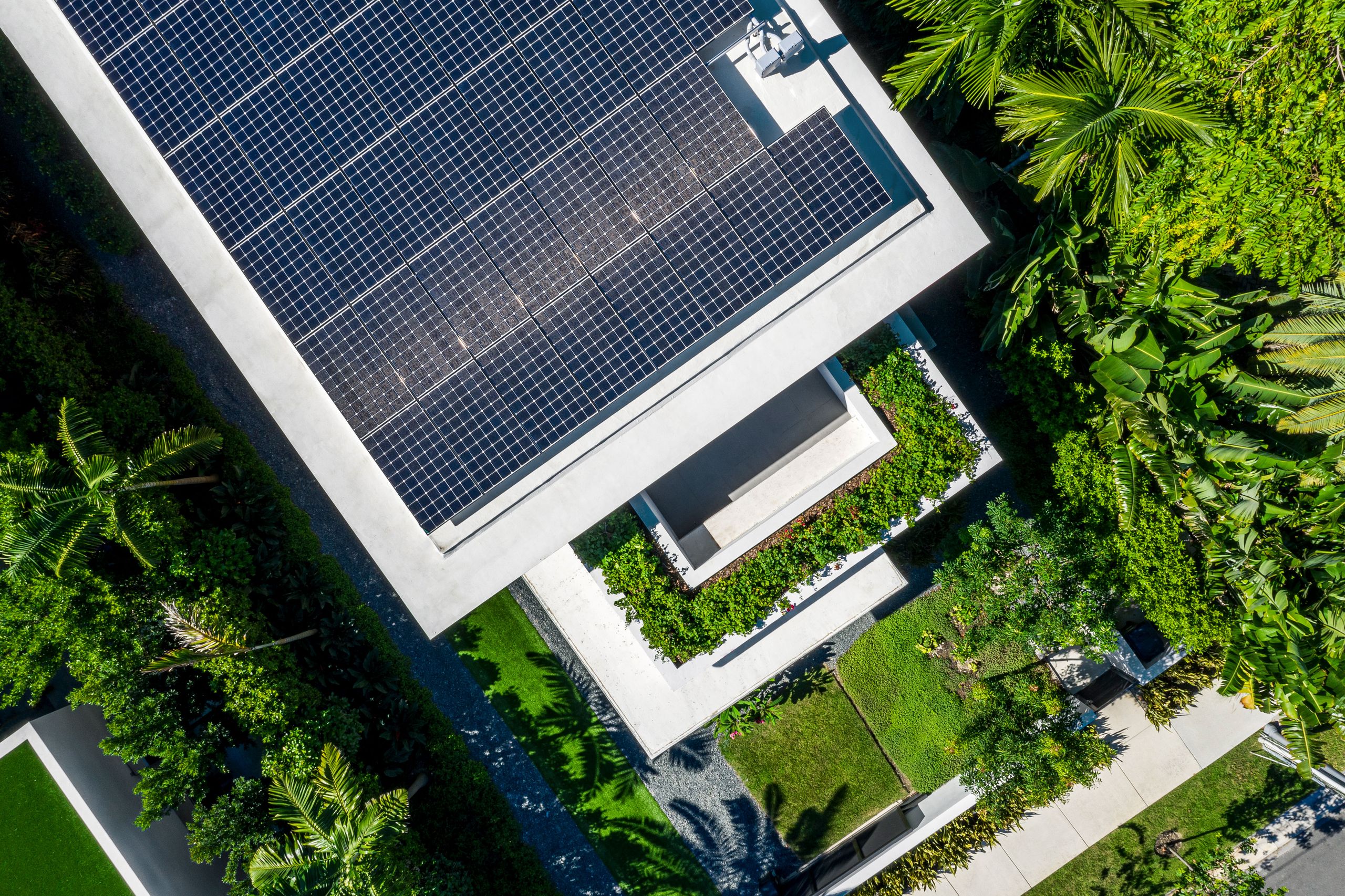
Vertical Gardens in Cities: Embracing Green Urban Living
In the bustling heart of urban landscapes, where concrete jungles dominate the skyline, the concept of vertical gardens in cities is a breath of fresh air. These gardens are not just aesthetically pleasing but also offer a multitude of benefits. As cities grapple with challenges like pollution and limited space, vertical gardens emerge as a sustainable solution that aligns perfectly with the ethos of modern urban living.

The Rise of Vertical Gardens
The popularity of vertical gardens has surged in recent years. As urban areas expand, the need for green spaces becomes ever more critical. Traditional gardens often require more space than is available in densely packed cities. This is where vertical gardens come in, offering a way to integrate nature into the urban environment. Learn more about sustainable urban design here.
Benefits of Vertical Gardens
Environmental Benefits
Vertical gardens play a significant role in improving air quality by absorbing pollutants and releasing oxygen. They also help in regulating temperatures, acting as natural insulators that can reduce the need for air conditioning and heating. According to research, these gardens can significantly reduce the urban heat island effect, making cities more livable.
Social and Economic Benefits
Besides environmental advantages, vertical gardens contribute to social well-being. They provide a serene escape from the hustle and bustle of city life, promoting mental health and relaxation. Economically, they can increase property values and attract tourists, contributing to the local economy. For more on urban sustainability, check out Urban Sustainability Definition.
Implementing Vertical Gardens
Design Considerations
When designing vertical gardens in cities, several factors must be considered. The choice of plants, the structure of the garden, and the maintenance requirements all play crucial roles in the success of these gardens. It’s essential to select plants that can thrive in the specific climate and conditions of the city.
Technology and Innovation
Technological advancements have made it easier to maintain and monitor vertical gardens. Automated irrigation systems, sensors, and smart technologies ensure that these gardens remain healthy and vibrant with minimal effort. Innovations in hydroponics and aeroponics have also opened new possibilities for urban gardening.
Challenges and Solutions
Despite their benefits, vertical gardens face several challenges. These include high initial costs, maintenance, and the need for specialized knowledge. However, with the right strategies and community involvement, these challenges can be overcome. Encouraging community gardens and public-private partnerships can also spread the costs and responsibilities.
Case Studies of Vertical Gardens
Many cities around the world have successfully integrated vertical gardens into their landscapes. In Singapore, the ‘Gardens by the Bay’ project showcases how urban spaces can be transformed into lush, green environments. Similarly, in Paris, the ‘Muse du Quai Branly’ is famed for its stunning living wall.
The Future of Vertical Gardens in Urban Planning
The future of vertical gardens in cities looks promising. As cities continue to grow, the demand for sustainable and green solutions will increase. Urban planners are increasingly incorporating vertical gardens into their designs, recognizing their potential to improve urban living conditions and reduce environmental impact.
Vertical Gardens and Home Enthusiasts
For home enthusiasts, vertical gardens offer an exciting opportunity to enhance living spaces. They can be installed in balconies, on rooftops, or even indoors, bringing a touch of nature into homes. With a bit of creativity, anyone can transform their space into a green oasis.
Conclusion: Embracing the Green Revolution
In conclusion, vertical gardens in cities are more than just a trend; they are a crucial component of sustainable urban development. By embracing this green revolution, cities can become healthier, more beautiful, and more resilient. For further insights on sustainable urban living, explore Walkable Cities and Recycled Materials in Construction.

FAQ
What are vertical gardens?
Vertical gardens are gardens that grow upwards using a support structure. They are ideal for urban settings where space is limited.
How do vertical gardens help the environment?
Vertical gardens improve air quality, reduce urban heat, and promote biodiversity in cities.
Can I create a vertical garden at home?
Yes, with the right plants and structure, you can easily create a vertical garden at home, enhancing your living space.
This article contains affiliate links. We may earn a commission at no extra cost to you.